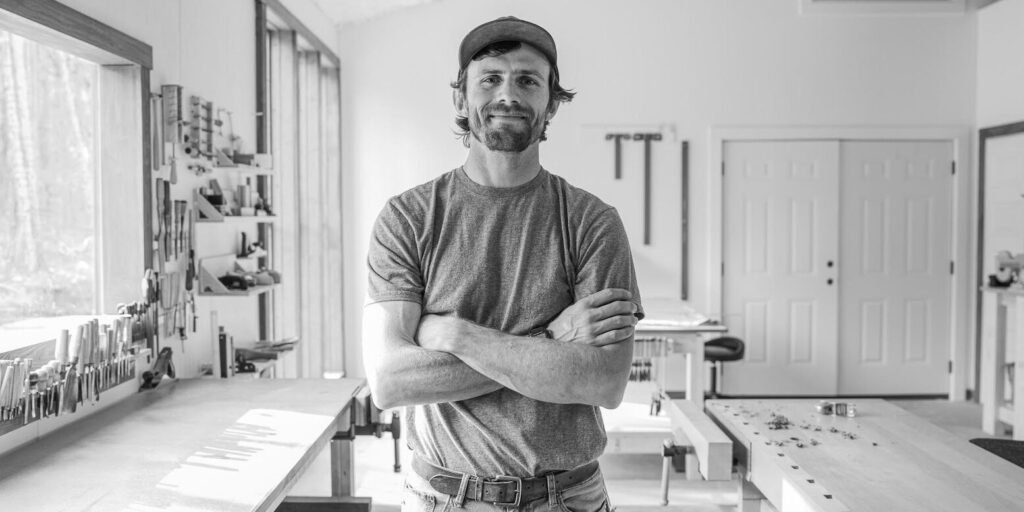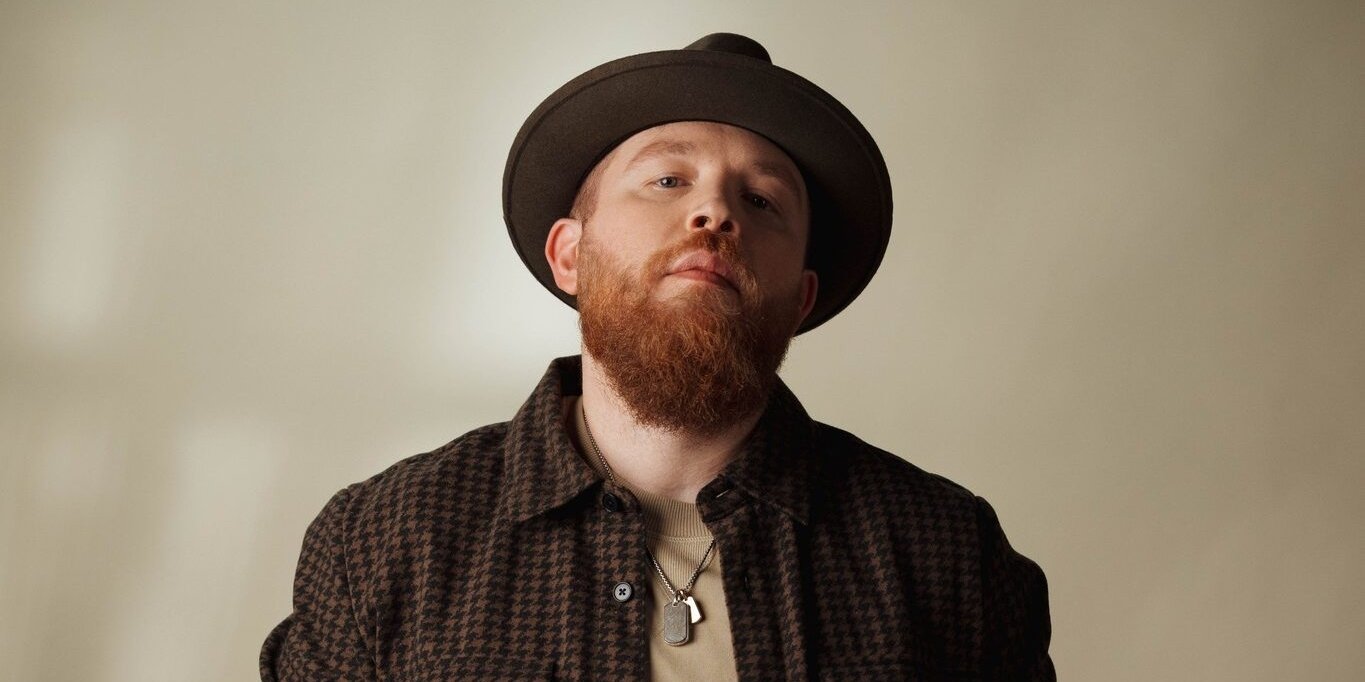Exploring the Craft of Woodworking with Zach Burandt
Zach Burandt, at his woodworking studio near Lake Martin, Alabama, has an incredible talent for crafting timeless furniture. His work is not just about creating objects; it’s about making meaningful extensions of the home. After a personal journey of self-discovery, his venture, Chisel & Wood, has become quite distinct in the South. I had a chance to chat with Zach about his inspiring journey and work.
What sparked your interest in woodworking, and how did it lead to a career?
Woodworking has always felt like something I could really dive into, you know? It’s a bit of a fun story, really. I was going through a transitional phase—just left my previous job and was uncertain about my next steps. I saved up enough to take a couple of months off and thought about spending that time in Northern California. My plan was to relax, fly fish, and reconnect with friends while figuring things out.
My landlord back then, Jim, was a custom woodworker. So, during my downtime, I started helping him out. Days in his shop just flew by, and I genuinely didn’t want to leave. One day, he suggested, “Why don’t you start a small woodworking business?” At first, I thought, “Am I even qualified for that?” But then I opened up to the idea, listing the skills needed to get started. Surprisingly, I realized I’d picked up most of those skills over time. With Jim’s generosity in letting me use his shop, my expenses were low—just a couple of things to get the ball rolling.
Initially, all I managed to create were cutting boards, but I made a few, took some photos, set up a website, and launched the business in December 2019. The turning point came when a stranger bought a coffee table. At that moment, I saw the possibility of a real career unfolding—not just a hobby. This realization led me to change my career path, and I eventually built my own workshop near Lake Martin.
How did your time at Kenov School of Fine Woodworking influence your furniture-making approach?
Before attending school, my woodworking relied a lot on trial and error. I didn’t quite have the woodworker’s mindset. The school helped me dig deeper into my craft. I learned that woodworking is like life in many ways—a journey that seems endless. The further you explore, the more meaning you find, which has been my experience.
My perspective shifted. I began to see furniture as a story told with less but more intentional materials. While many focus on selling products, I found joy in giving life back to wood through thoughtful methods—a purpose I strive for. If something resonates with me, it likely holds meaning for others too. Ultimately, crafting furniture is a shared experience between the maker and the recipient.
What does it mean to create furniture that tells a story?
Every piece of furniture is made of wood, which comes from a tree that has lived through different seasons—some longer, some shorter. There’s a narrative within that wood waiting to be uncovered. When you cut into a tree and observe its growth rings, you see its entire journey: droughts, seasons of abundance, storms, and more. It became clear to me that these stories were already there—my job is simply to reveal them.
Can you describe your design philosophy and how it affects your work?
I think a person’s design philosophy often reflects their values. For me, words like simplicity, quality, and creativity come to mind. I’m typically drawn to minimalist styles, particularly Scandinavian and modern movements from the last century.
But on a personal level, I have been influenced by artisans like James Kunov and George Nakashima. Their craftsmanship is remarkable, but what stands out even more are their life perspectives. They embody wisdom not just in their art but also in their approach to existence.
How do you choose your lumber, and why do you prioritize selectivity?
The type of wood is crucial in woodworking. Each tree has a distinct character, with its own strengths and weaknesses that affect the final piece. It’s almost like working with different personalities—would you prefer a relaxed, steady partner or one that’s stressful and unpredictable?
Finding the wood’s character doesn’t take long; in some settings, it’s an expedited process, while others take years. A few years back, I took a road trip from Alabama to Maine, stopping at a family-owned sawmill along the way. Their meticulous approach to preparing the wood resonated with my own values. I also sourced some walnut trees and have been air-drying them, waiting for them to be ready. There’s this saying: “If you take care of it, it will take care of you.”
What significance does hand craftsmanship hold in your work?
When someone creates with their hands, there’s a certain dignity that emerges. I strive for that feeling in every piece, and it often hits me upon completion. Honestly, I don’t experience that as much when I rely on machines.
I do have machines in my workshop, but that emotional connection isn’t the same. Utilizing hand tools allows me to feel more engaged with the material. Plus, the imperfect cuts and marks tell a human story rather than a machine’s, adding authenticity to the work.
Which piece of furniture holds the most significance for you?
That would be the first dining table I constructed in my new workshop. It’s a 6-foot round table made from solid walnut with a laminate base. The wood came from a family-run mill in Pennsylvania, while some were sourced locally in Alabama. It took around 150 hours to complete.
When we consider wood, we typically think of the parts above ground, but it’s essential not to overlook what’s happening underground. The unseen roots play a vital role in supporting the life we see—shade, fruit, and oxygen—and I want this table to symbolize the entire tree. It’s crafted for people to gather around and enjoy, which is as meaningful as any piece can be.
How does your life in Alabama influence your design and material choices?
I’m a big outdoor enthusiast, having grown up in northern Michigan and spent time in northern California. But Alabama is the first place I’ve actually chosen to put down roots. My workshop is set in 11 acres of untouched forest that leads to a stream running through Lake Martin. When I first acquired the land, I cleared a path to the stream, and now I regularly encounter deer, owls, and other wildlife. I feel a deep connection to nature here—it’s a little piece of earth that truly suits me.
















